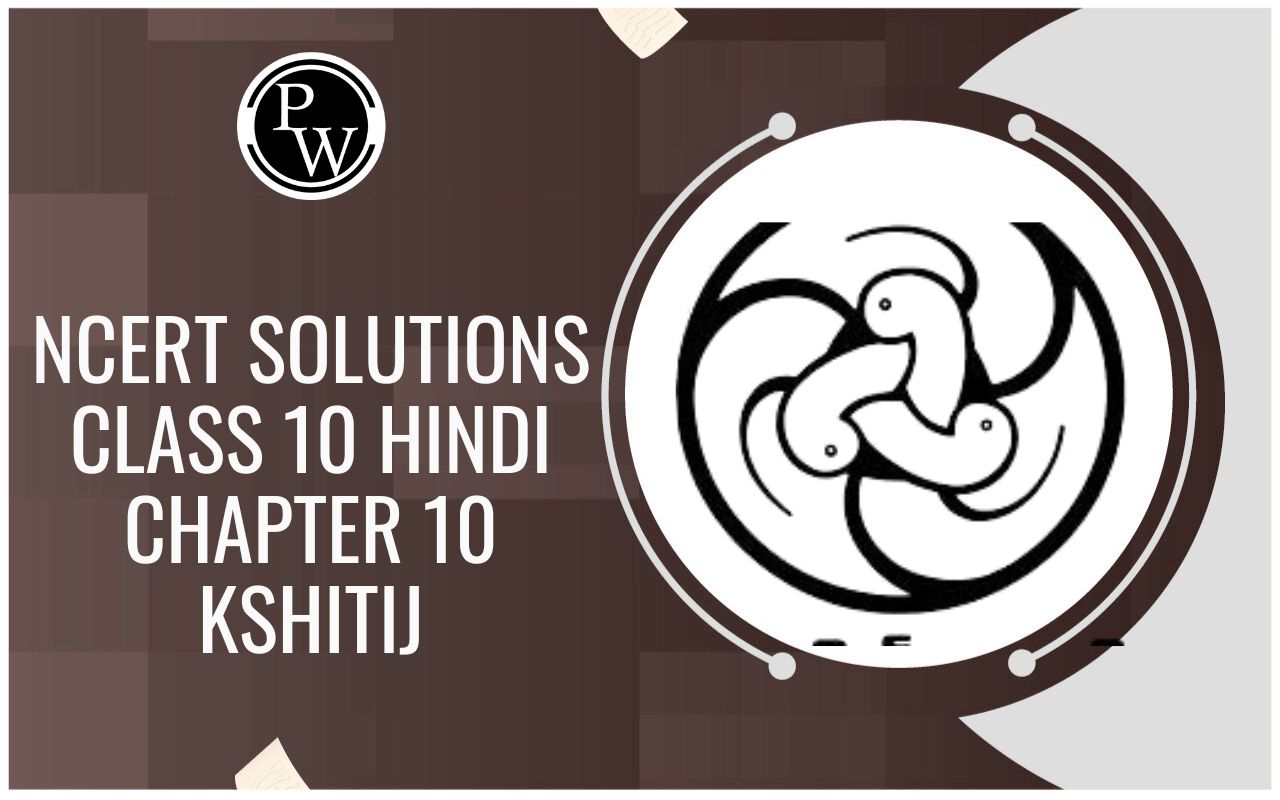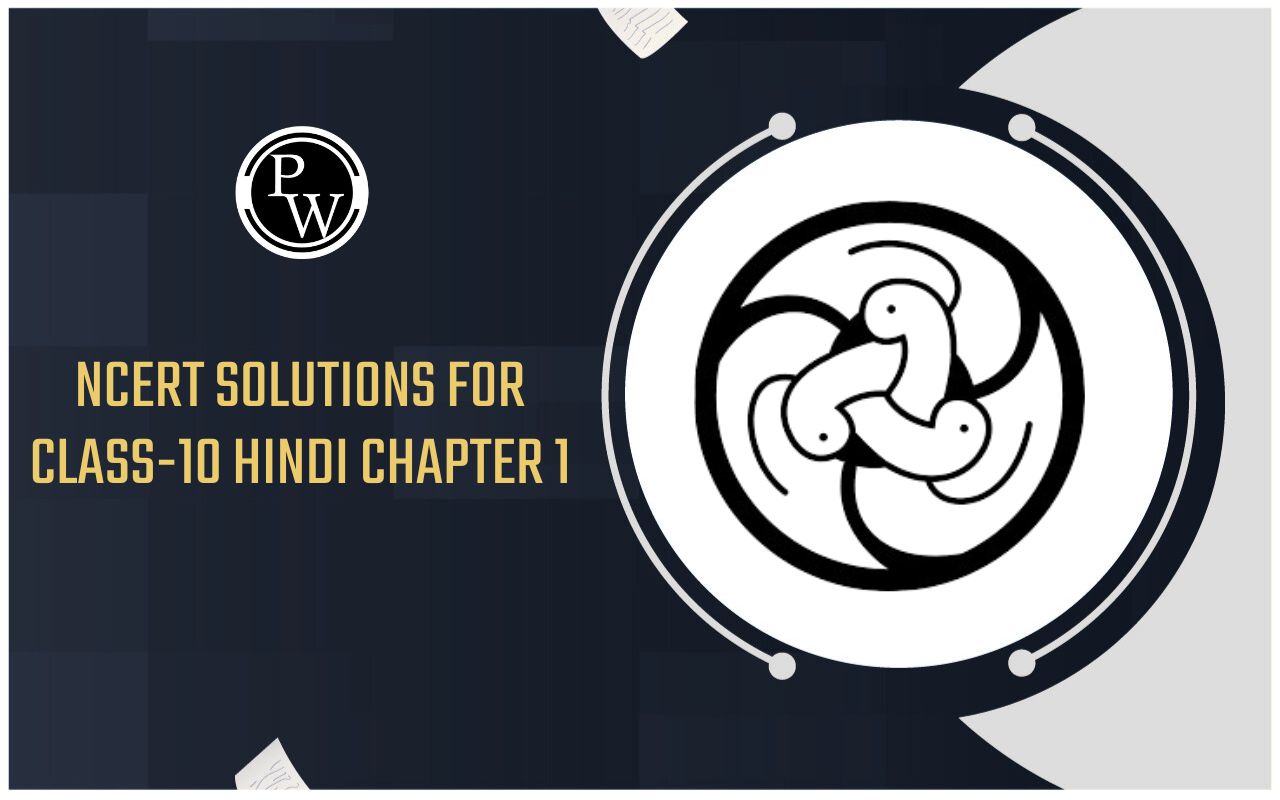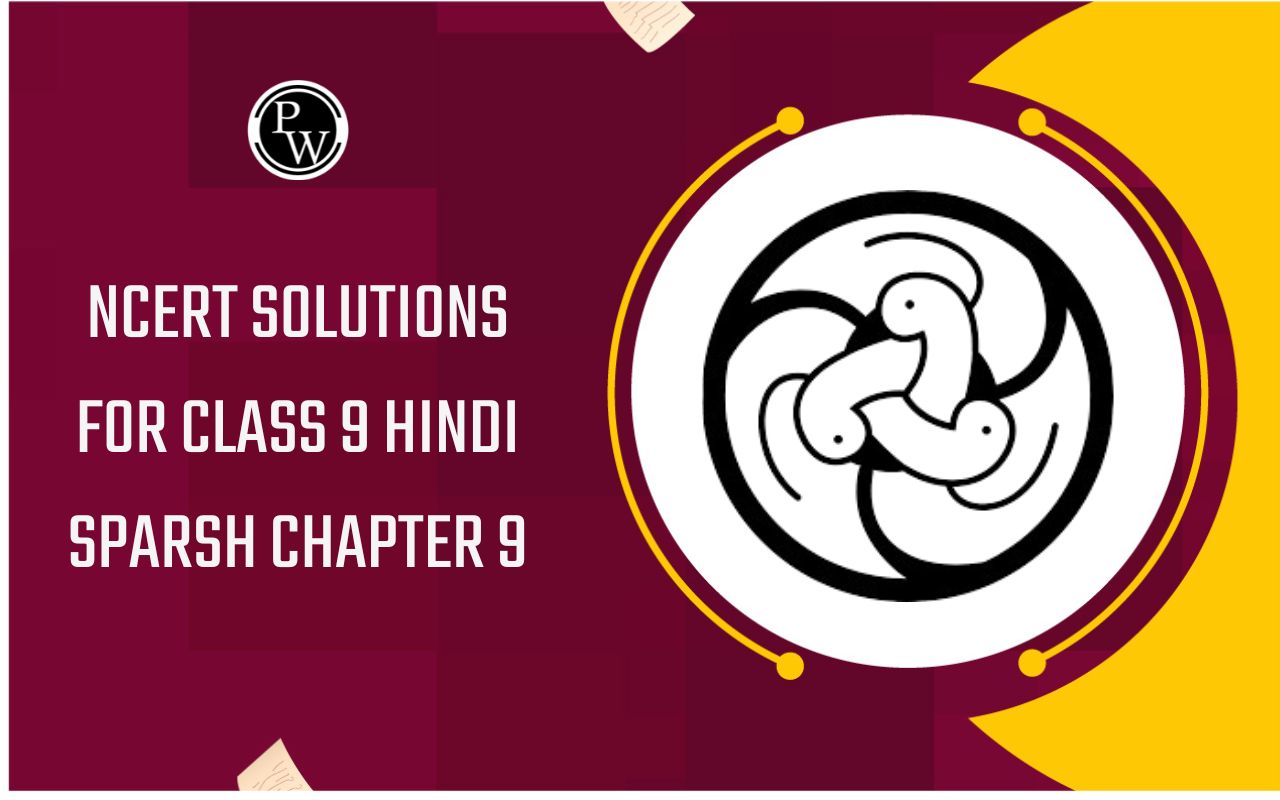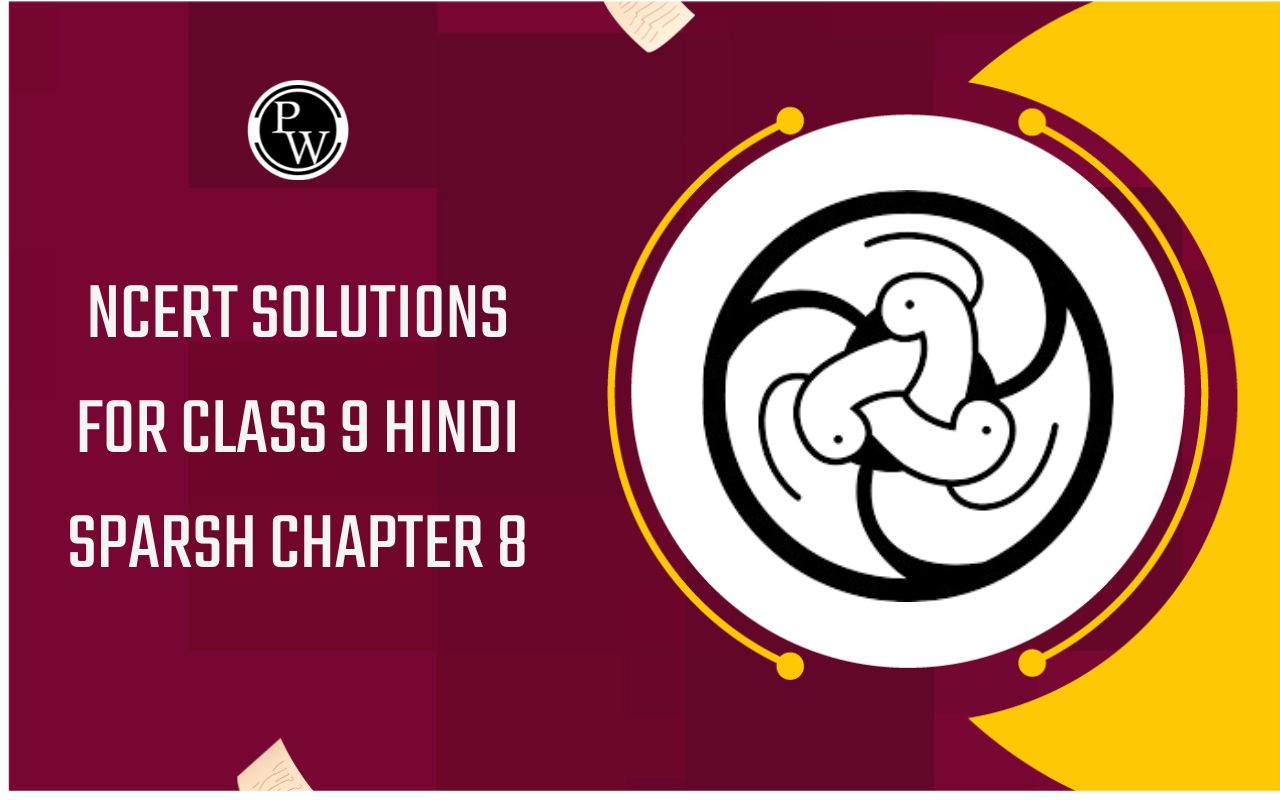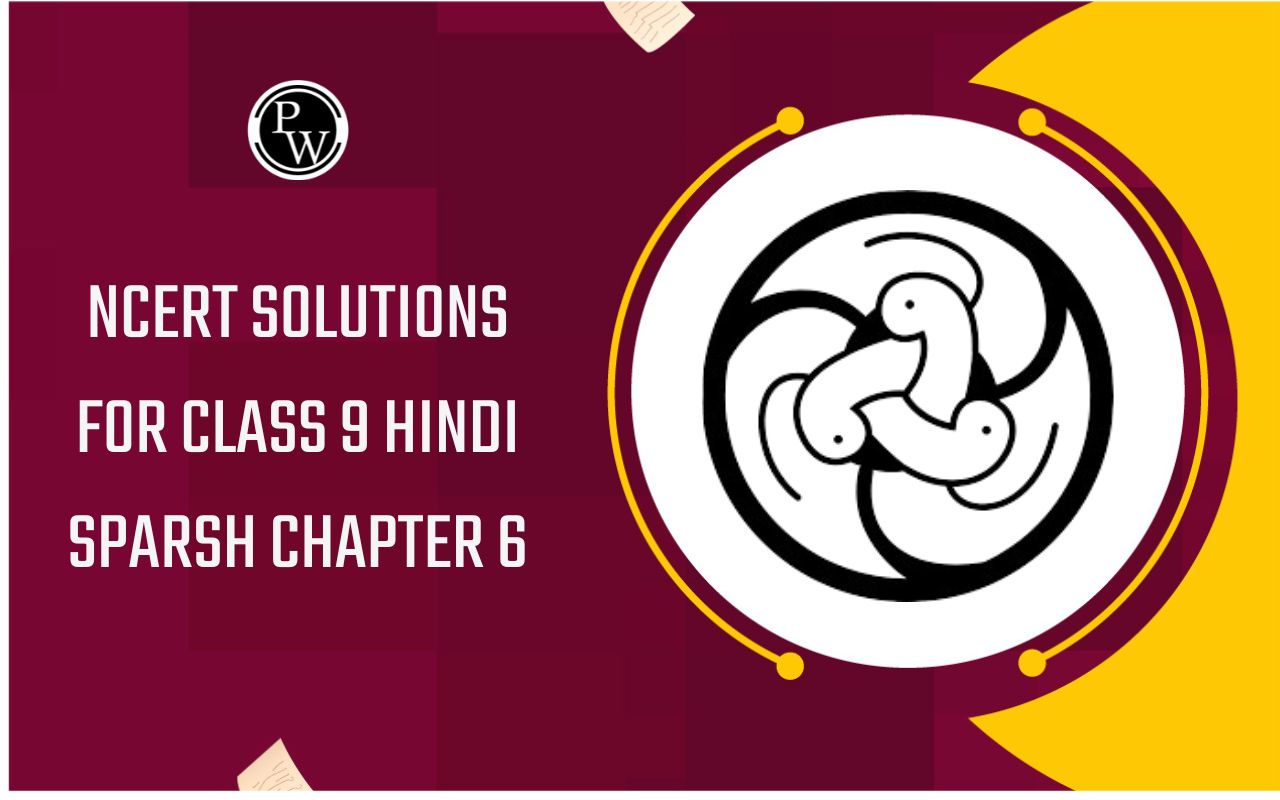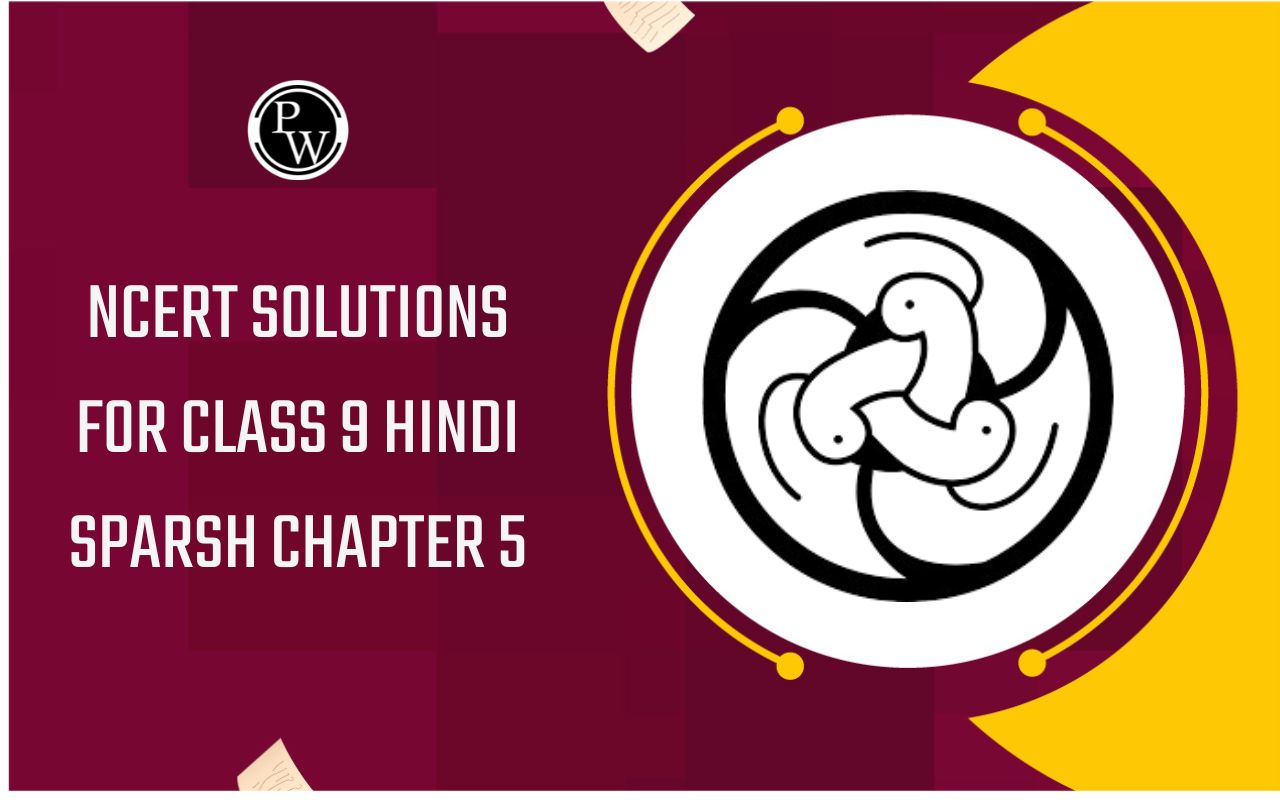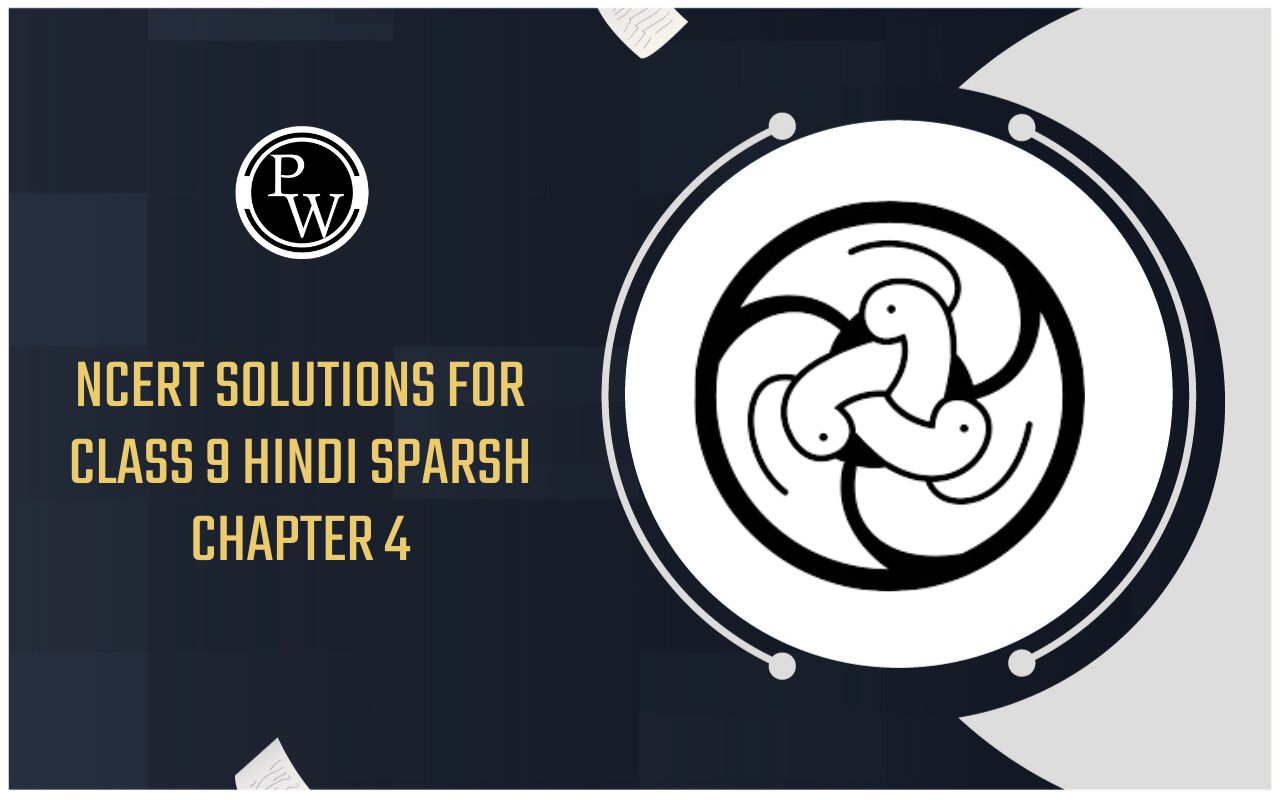
Force
Laws Of Motion of Class 11
We know by experience that all bodies in nature interact in some way with one another. Force is a measure of the interaction of the bodies or of the particles of which the bodies consist. The force may either produce deformation (change in the size or shape of bodies) or acceleration (change in magnitude or direction of their velocity).
Force is a vector quantity. Every force has a definite direction and the result of its action depends on the direction and the magnitude of the force.
If several forces are applied to a particle, they can be replaced by the resultant force. This resultant is the vector sum of the forces and can be found by any of the methods illustrated in chapter 1.
Some Common Forces
There are, basically, five forces which we commonly encounter in mechanics problems, namely the weight, the normal forces, the friction force, the tension, the spring force.
Weight
Weight is the force with which the earth attracts other bodies. It is also called the force of gravity or the gravitational force. It acts upon all the bodies near the earth. If they do not fall to the earth, then their motion is restricted by certain other bodies : a support, string, spring, etc. Bodies that restrict the motion of other bodies are called constraints. These bodies restrict the motion of the given bodies, impeding free motion. For example, the surface of the table is the constraint for all objects lying on it, the floor serves as the constraint for the table, etc.
Normal Forces
Whenever two surfaces are in contact they exert forces on each other. Such forces are known as contact forces. It is convenient to resolve these contact forces into components, one parallel to the contact surface, the other perpendicular to that surface.
The normal force is the component of the contact force that is perpendicular to the surface. It is a measure of how strongly the surface in contact are pressed together. Push your hand straight down on the table or desk. The force you feel resisting your push is the normal force of the table pushing up on your hand.
Frictional Forces
The component of the contact force parallel to the contact surface is called the frictional force. The direction of the frictional force is opposite to the relative motion (or attempted motion) of the two surfaces in contact.
Tension
The force exerted by the end of a taut string, rope or wire is called the tension. The direction of this force is such that the string pulls the object to which it is attached. It is difficult to push with a string.
Spring Force
As you may have discovered for yourself, springs resists attempts to change their length. In fact, the more you alter a spring’s length, the harder it resists. The force exerted by a spring may be represented as:
F = −kx (6.1)
where x is the change in length, and k is the stiffness constant or simply, the spring constant. Unit of spring constant is N/m. Equation (6.1) is also known as Hooke’s law. The minus sign in Hooke’s law shows that the direction of the force exerted by the spring is opposite to the displacement of the spring’s end.

